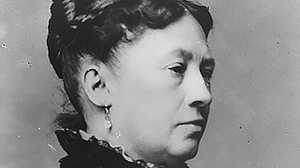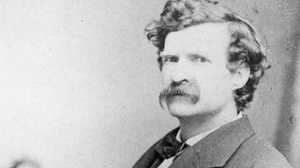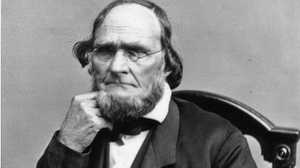Grant's World Tour
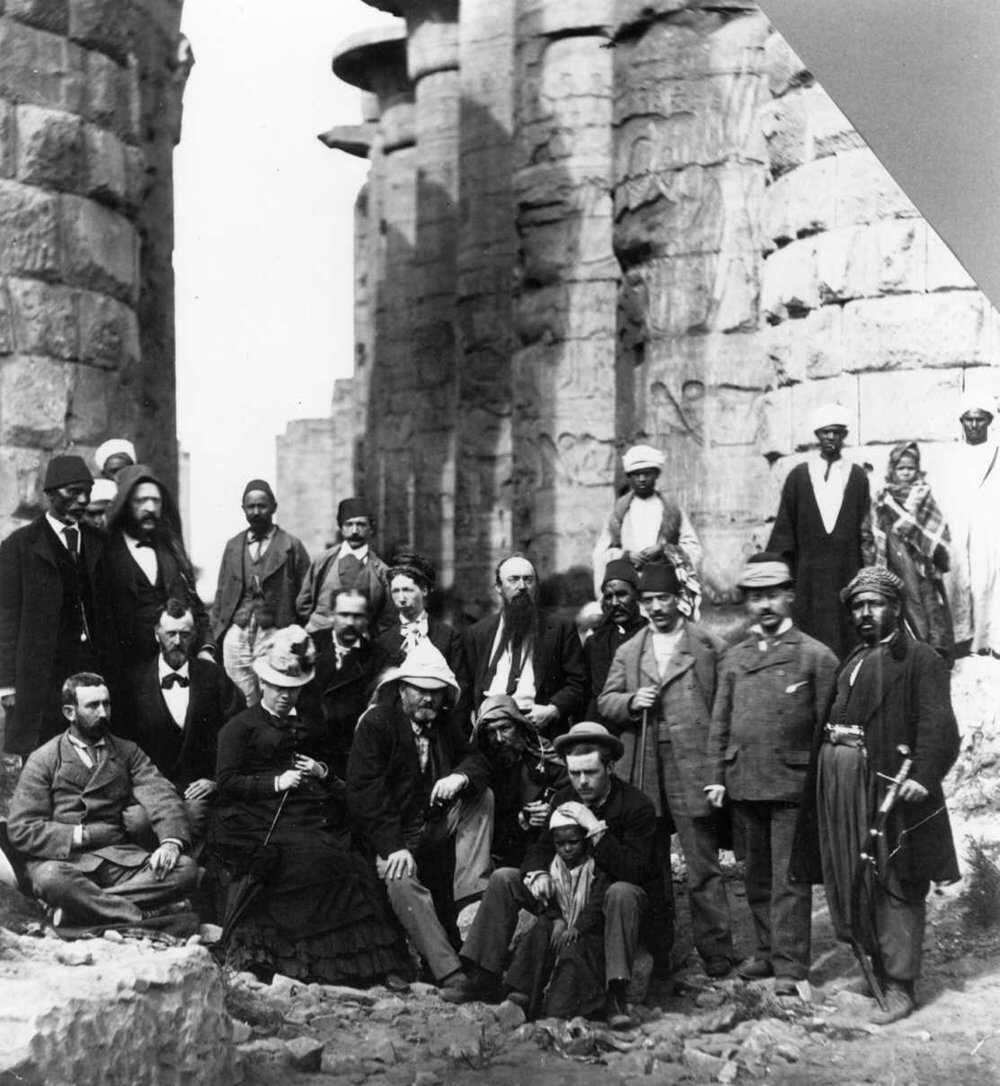
When Ulysses S. Grant left the White House in 1877, he certainly needed a vacation. His reputation had been severely damaged by corruption in his administration and his party. And the difficulties of trying to reunite North and South proved tiring and often unrewarding. But when Grant left with his family for England on May 17, 1877 for a world tour, he had more than rest and relaxation in mind.
Grant hoped that if people in other countries showed their admiration for him, Americans would forget the scandals of his presidency. If they did, he might win the Republican nomination -- and recapture the presidency -- in 1880. But even if Grant expected that foreigners would treat him with honor, the reception he received probably surprised him.
The Grants' ship arrived in Liverpool, England on May 28, 1877. Huge crowds turned out to welcome Grant, who was honored not as a former president, but as the military hero who saved America from falling apart. British leaders, from the Prince of Wales to Queen Victoria herself, lined up to host the Grants at lavish dinners and receptions. The Queen was irritated because the Grants brought their son Jesse along to meet her. Still, she treated them cordially, although she later referred to 19-year-old Jesse as a "very ill-mannered young Yankee."
All across Western Europe, from Belgium to Switzerland, Germany to Denmark, the Grants were treated like royalty. Perhaps the most incredible display of affection came in Newcastle, England, which the Grants visited on September 22, 1877. An estimated 80- to 100,000 people, many of them workers, turned out to honor Grant with a parade and hear him speak.
If Grant's tour was successful in Europe, it was also doing its job in the U.S. Reporter John Russell Young from the New York Herald traveled with the Grants, and sent dispatches home to eager readers in New York. Other papers picked up the reports. All over America, people began to forget Grant's scandals and remember his heroism.
Meanwhile, the Grants kept moving. In Egypt, they visited Alexandria and Cairo, and steamed up the Nile. They toured Jerusalem and saw the Western world's holiest sites. Then they moved on, to Greece and Rome, Russia, Austria, and Germany. After briefly returning to Britain, the Grants set out for Asia. They toured Burma, Singapore, and Vietnam. In Siam, the Grants met King Chulalongkorn, who at 25 had already been king for 10 years.
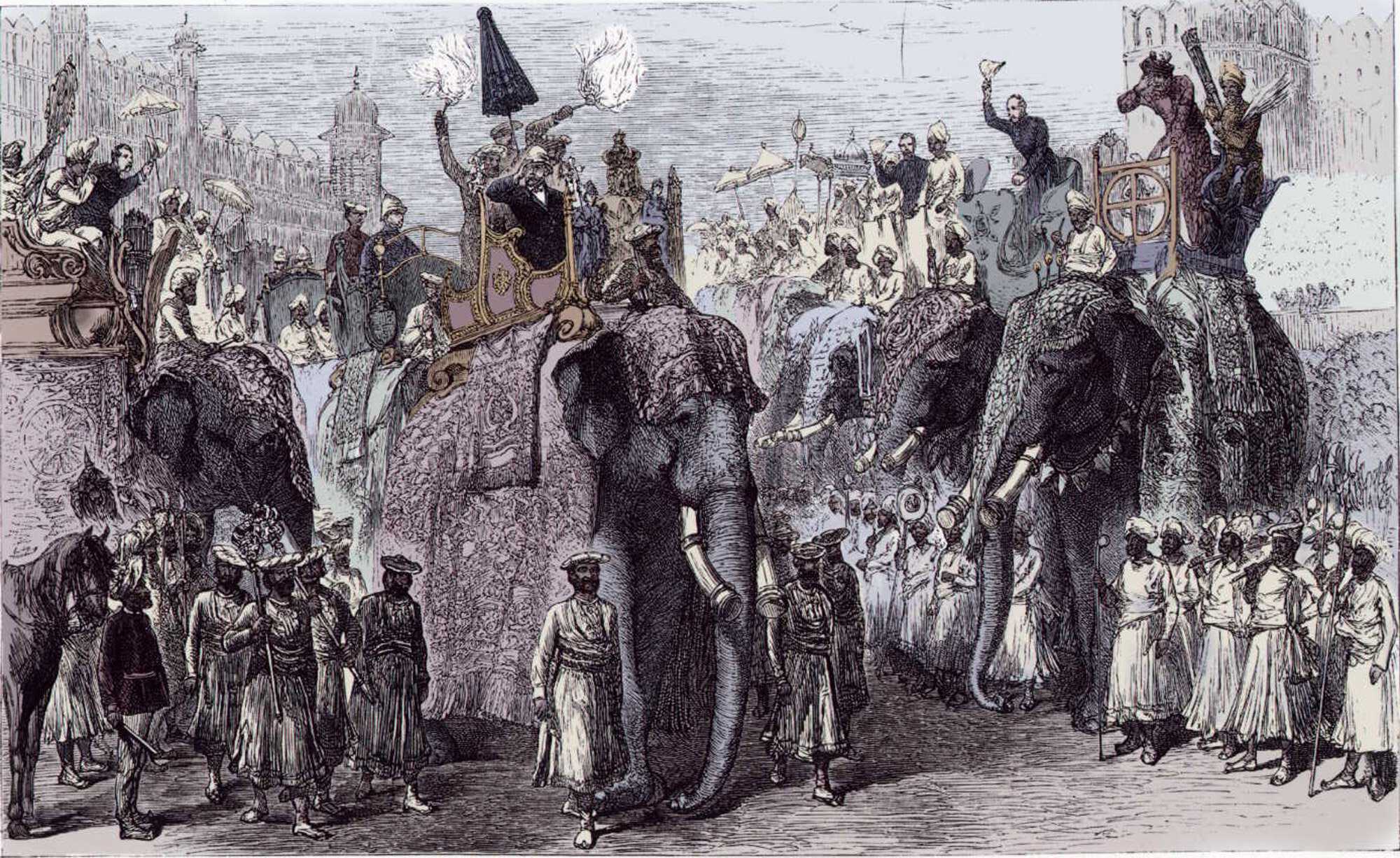
Americans must have read of the Grants' adventures with fascination. At the time, Asia was largely unfamiliar territory to most Americans — the Grants included. America did not yet enjoy close political relations with many Asian nations. In Peking, China's emperor refused to meet the Grants. But in Japan, they were received by Emperor Mutsuhito and Empress Haruko. In fact, Ulysses Grant was said to be the first person in the world to shake the Emperor's hand.
By the time the Grants returned to America, on December 16, 1879, the former president's image had improved. When he disembarked at San Francisco, with the St. Bernard, named Ponto, he'd acquired in Switzerland, he was met by an enormous crowd. But as Grant continued his tour through the cities and towns of America, support for him diminished. The world tour had been thrilling, but it would not be enough to help Grant regain the presidency. When the ballots were counted at the Republican convention of 1880, James A. Garfield was the winner of the party's nomination.




